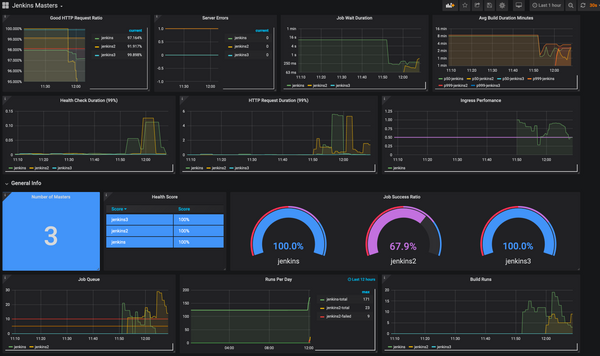Unleash Chaos and Improve Your Software's Resilience with Simmy - The Ultimate Guide!
As software systems become increasingly complex and distributed, ensuring their reliability becomes a challenging task. The practice of Chaos Engineering has emerged as a powerful technique for proactively identifying potential failures and improving the resilience of systems. In this article, we will introduce Chaos Engineering and demonstrate how to use Simmy, a chaos engineering library for .NET, to inject failures into a sample application.
What is Chaos Engineering?
Chaos Engineering is a discipline that involves deliberately injecting failure into a system to test its resilience. The goal is to identify weaknesses in the system before they can cause a catastrophic failure. By conducting controlled experiments, Chaos Engineering allows teams to improve their understanding of how their systems behave under various stress scenarios.
Chaos Engineering can involve various types of experiments, including network latency, CPU overload, and service outages. These experiments are typically conducted in production-like environments to ensure that the results are as accurate as possible. By conducting these experiments, teams can gain insights into the system's performance and identify areas for improvement.
What is Simmy?
Simmy is an open-source chaos engineering library for .NET. It provides a set of fault injection policies that can be used to inject various types of failures into a system. Simmy allows teams to test their systems under realistic failure scenarios and improve their overall resilience.
Simmy offers several different fault injection policies, including:
- Latency injection: delays the response time of a service
- Exception injection: throws exceptions in specific parts of the system
- Deadlock injection: simulates thread deadlocks
- Timeout injection: introduces timeouts into service calls
Simmy's fault injection policies are highly configurable and can be customized to suit specific requirements. The library is also designed to be highly composable, making it easy to combine different policies to create complex failure scenarios.
Example Code
Let's demonstrate how to use Simmy to inject latency into a sample .NET Core application. In this example, we will use Simmy to introduce a delay in the service's response time.
- Install the Simmy package
To get started, we need to install the Simmy package using NuGet. Open the NuGet Package Manager Console and run the following command:
2. Create a ChaosPolicy
Next, we need to create a ChaosPolicy that will inject the latency. Add the following code to your application:
This policy introduces a random delay between 100 and 500 milliseconds. You can customize this policy to introduce delays of different durations.
3. Register the ChaosPolicy
Next, we need to register the ChaosPolicy with our application. Add the following code to your application's Startup.cs file:
This code registers the LatencyPolicy with the dependency injection container and applies it to the MyService class. Whenever the MyService class is called, the latency policy will be applied.
4. Test the Application
We can now test our application to see if the latency policy is working
Conclusion
In conclusion, Chaos Engineering is a powerful technique for improving the resilience of complex software systems. By proactively identifying potential failures and weaknesses, teams can take steps to improve the reliability of their systems. Simmy, an open-source chaos engineering library for .NET, provides a flexible and configurable platform for injecting various types of failures into a system. In this article, we demonstrated how to use Simmy to introduce latency into a .NET Core application. With Simmy, teams can simulate a variety of failure scenarios, improve their understanding of their systems' behavior under stress, and ultimately improve the reliability of their software systems.



